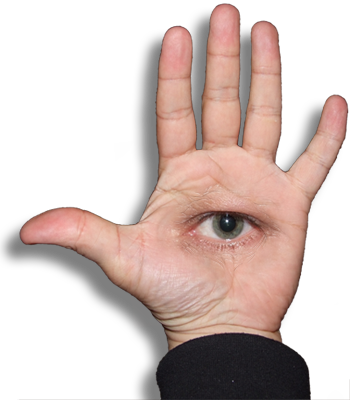I bought this machine a couple of years ago, and have only just got around to setting it up into a usable condition. I love its bare mechanical aesthetic, free of any sort pandering to convenience or fashion or manufacturing quality.
It tends to be labelled on Youtube and AliExpress and the like as "Chinese Shoe Patcher", and the same basic machine is marketed by a whole bunch of vendors, with variations in colour and quality of finish. I don't recall exactly who sold me this one; I got it via AliExpress, and it cost me a couple of hundred Kiwibucks including postage.
It came with three spindly little pipe-legs that are supposed to screw into its base, but frankly I don't see how it would be possible to use it on them. They'd be wobbling all over the place, and the pressure on the hand-crank is sufficient to move the whole shebang around even with the solid block of macrocarpa I've got it screwed to. It really needs to be clamped solidly to the bench or table I'm working at.
As well as a decent base, I also had to make a bobbin stand because the little rod sticking out of the frame provided for the task is entirely inadequate.
It came with a few spare bottom bobbins and a spare bobbin-shuttle; the bobbins are a non-standard size, but spares are available on Amazon and elsewhere if you know where to look — I don't, but various Youtube dudes do, and have provided appropriate links. There is no way that I can find to wind the bobbins automatically, as I could do on my Pfaff sewing machine, but my usage is light enough that winding them by hand isn't overly onerous. It only takes five minutes or so, and would be quicker still if I rigged up something less intrusive than my sausage-fingers to hold the bobbin while I'm winding. (There's a mysterious sprung rubber wheel on the back of the machine that doesn't seem to do anything, and maybe it's part of a bobbin-winding system? If so, I can't see how it would work.)
The instruction pamphlet that came with it is laughably bad. Even taking into account the problems of translating from Chinese to English, the content is both irrelevant and obscure. It doesn't even include a threading diagram or guide. Fortunately, the machine is popular enough with American leatherworkers that there's a decent amount of instructional content about it available on Youtube.
It creates a decent seam through three or four layers of fairly soft furnishing leather; I haven't tried it yet on anything more resistant than that, but it should be okay I think. It is a bit difficult to control, as one hand is always engaged in turning the crank, while the other has to manipulate the work piece under the presser foot. However, that should be just a matter of practice. I won't be using it on anything that needs neat, straight seams just yet, though there's no reason why it couldn't produce them if I knew more about what I was doing.
It's certainly a lot faster (though as yet, less precise) than hand-stitching, though not as fast as an electrical machine. I have seen modifications to this machine that add an electric motor and foot control, and they seem to work well, though at the price of portability.
Apparently it will handle fairly heavy thread, though the nylon thread provided with it is quite light. It's adequate to my needs for the moment; I don't foresee having to sew draught-horse harness or anything any time soon.






































